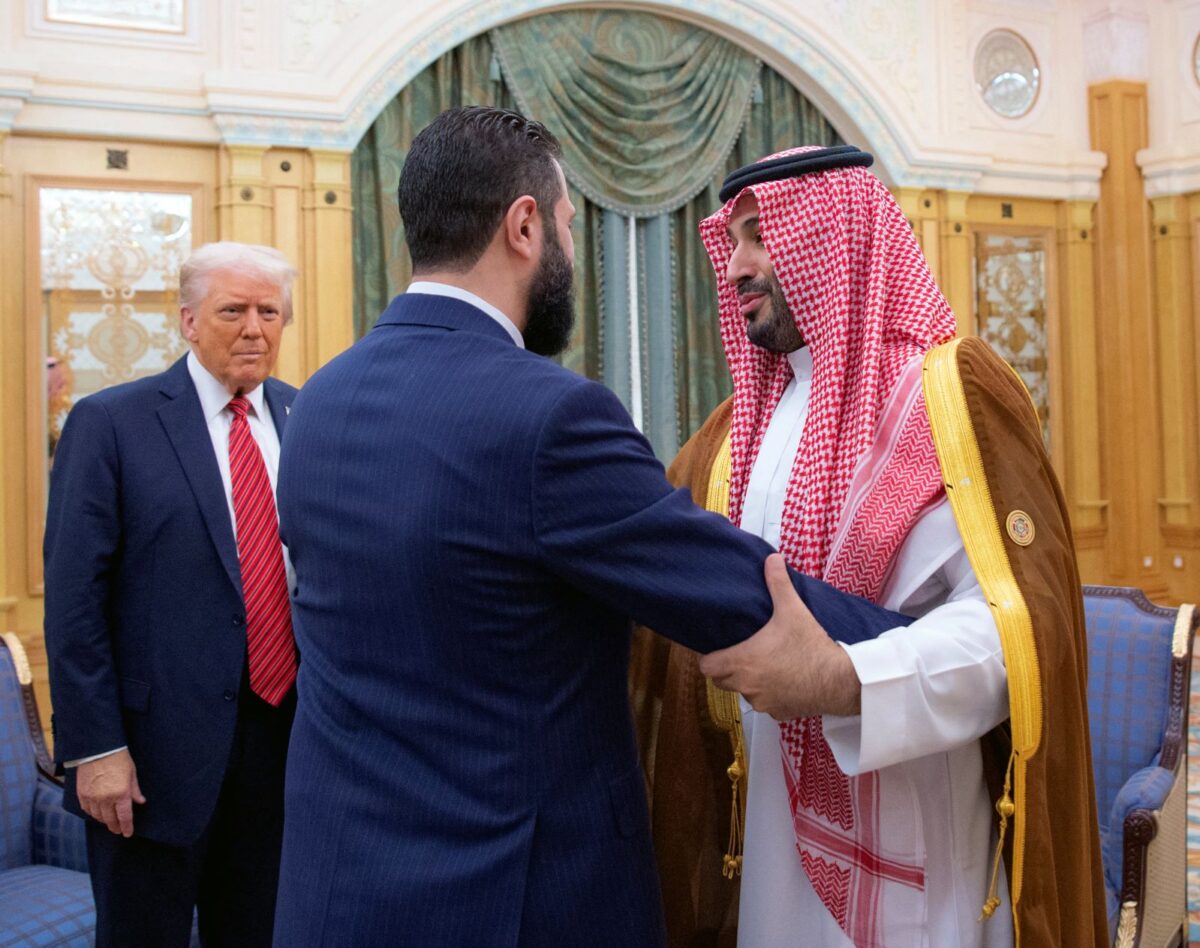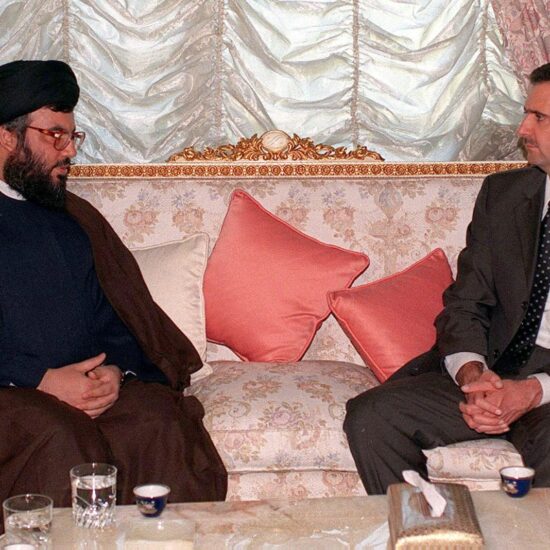
Trump’s historic meeting with Syria’s new leader Ahmed al-Sharaa, following the lifting of U.S. sanctions, signals a dramatic and controversial shift in American policy toward post-Assad Syria.
President Donald Trump met with Syria’s new transitional leader, Ahmed al-Sharaa, in Saudi Arabia on Wednesday, just one day after announcing the end of U.S. sanctions on the war-ravaged country. The meeting, held under the supervision of Saudi Crown Prince Mohammed bin Salman, included Turkish President Recep Tayyip Erdoğan via phone. According to the White House, Trump urged al-Sharaa to “do a great job for the Syrian people” and laid out a set of expectations, including joining the Abraham Accords, removing foreign and Palestinian militants, helping suppress ISIS, and taking responsibility for detention centers in northeast Syria.
Why it matters, This marks the first direct meeting between a U.S. and Syrian head of state in over two decades and could signify the beginning of a dramatic shift in U.S. engagement with Syria after the fall of Bashar al-Assad. Al-Sharaa, a former Islamist militant turned transitional leader, rose to power after a surprise offensive by anti-Assad militias late last year. Trump’s decision to meet with him—and lift long-standing sanctions—was heavily influenced by pressure from Saudi Arabia and Turkey, both of which have advocated for Syria’s reentry into the regional fold.
However, Al-Sharaa’s past as a former al-Qaeda member remains a major point of contention. While he now claims to be reformed, his legitimacy and ability to lead a stable government are still unclear. Critics also argue that the abrupt normalization could set a precedent for sidelining transitional justice in favor of short-term geopolitical deals. However, scores of people in Syria took to the streets to celebrate the lifting of sanctions so the situation remains volatile.
In conclusion, Trump’s meeting with al-Sharaa and the suspension of U.S. sanctions mark a pivotal—and controversial—turn in American Middle East policy. As Syria enters a new phase under unfamiliar leadership, the U.S. appears willing to gamble on a reformed strongman in hopes of regional stabilization. Whether this approach leads to peace or deepens instability remains to be seen.








